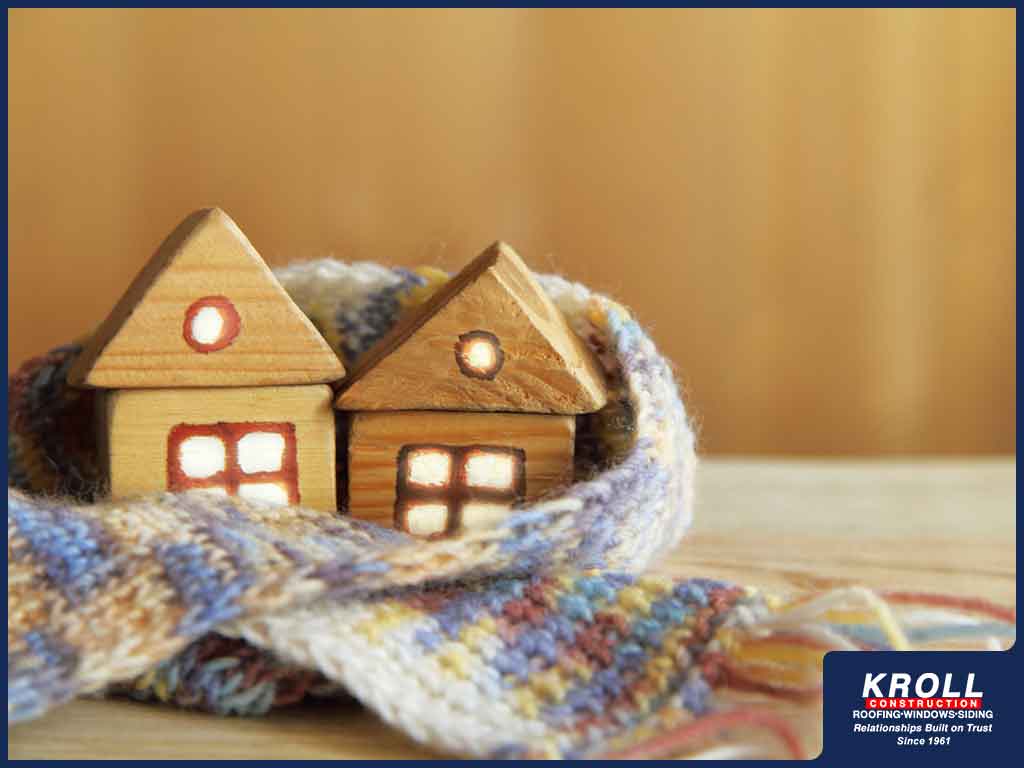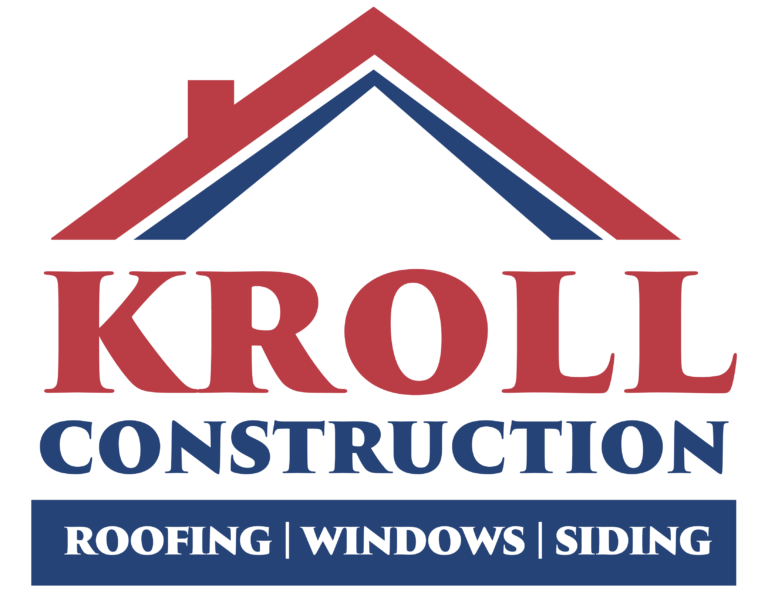What Is the Real Value of R-Value?
The average American home pays as much as $1,500 a year just for energy. A bulk of that cost goes to the heating and cooling powered by the energy you pay for with your hard-earned money. It’s no wonder that a growing number of homeowners, as well as most contractors, focus on energy efficiency when they tackle a home improvement project, a new build or a replacement.

Some of the most popular projects intended for better home energy efficiency include the following:
-
Window Replacement – Replacing your windows with energy-efficient units can improve your home’s thermal efficiency.
-
Door Replacement – Not only can door replacement make your home more energy-efficient, but it can also give your curb appeal a considerable boost.
-
Siding Replacement – Replacing your old siding with an insulated and better-performing option can make your home more comfortable.
-
Roof Replacement – When your old roof is due for replacement, replacing the entire roof instead of installing a new layer over the old one is a great idea for better energy efficiency and leak protection.
Whether you’re getting replacement windows or improving your attic insulation, you will probably take a look at the R-value of the unit or material you’re buying. R-value allows people to measure a material’s resistance to heat flow, so it’s only right to assume that the higher the R-value, the better the material is at keeping your home insulated from the outdoor temperatures.
However, insulation with a “low” R-value of 8 is already capable of controlling up to 90% of potential energy loss through it. So in reality, if you choose to upgrade from an R-8 material to an R-32, how much more insulation are you really adding? And if the answer is only about 7% more, is it worth it? Is R-value a true gauge of how energy-efficient your home can become?
The answer is both yes and no. R-value does provide a good measurement of how effective a material is in controlling heat transfer, as window companies may point out. However, R-value is not the end-all-be-all when it comes to keeping your home energy-efficient. The real concern is heat loss through convection. Heat rises and finds a way to escape through any holes or gaps in your walls, windows, doors, attic and roof. The true value of R-value is actually dependent on real-world settings; more specifically, the way your home is built and how well it is sealed against heat leakage.
To make sure your home performs the way you want it to, don’t just settle for getting the highest R-value in materials. Talk to a professional like Kroll Construction. Call us at (734) 999-1022. We can make improvements to your Michigan home.

